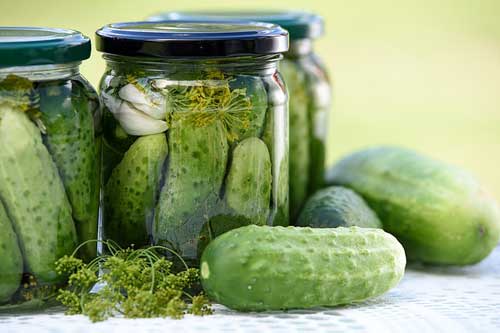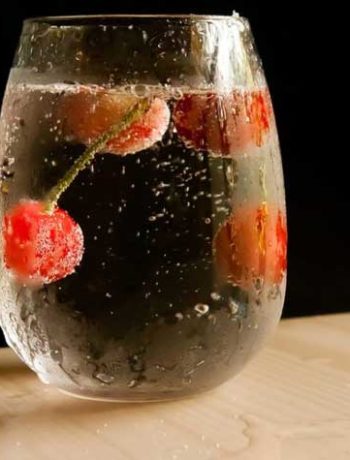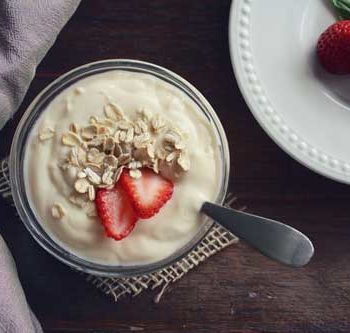This post contains affiliate links, which means I may earn some money if you click on one. Don't worry, there is no additional cost to you. Thank you for supporting my blog.
(The Old Fashioned Way)
Kefir is the quickest and easiest fermented food to make, but lacto-fermented pickles is a close second. I am surprised how long it took me to try making pickles the “old fashioned way.” Once I did I was hooked, they taste so much better than the pickles that are preserved in vinegar.
If you want to introduce fermented foods to your family but you do not know where to start, lacto-fermented pickles are a good place to start. Who does not like pickles?
Ingredients:
Glass jar
Cucumbers
Sea Salt (amount will vary, depending on the size of you jar).
Filtered Water (I use the ZeroWater filtration system)
1-2 Tbsp fresh dill
1 tsp. mustard seeds
1 tsp. peppercorn
Some sort of weight (I use a small glass jar, some people use a sterilized stone).
1. Sterilize your jar and your “weight”, (I try to time it so they come straight out of the dishwasher).
2. Cut your cucumbers into the right size, (you want to make sure you will have about an inch of brine at the top). Place the cucumber spears or slices into the jar.
3. Arrange your dill, mustard seeds, and peppercorns around the cucumbers.
4. In a separate container, make your brine. For every 2 cups of water you need 1 tbsp. of sea salt. I needed 3 cups, so I used 1.5 tbsp of sea salt. (This included the water I put into the jar for extra weight. I used salt water in case some of it spilled over the top).
5. Pour the brine into the jar. Place your weight into the jar, and make sure that all the cucumbers are about one inch below the brine. I used a glass jar for this part, filled with salt water. (This step is important, the cucumbers must stay under the brine.This is where all the “good bacteria” will be fermenting. If the cucumbers float above the brine, they can be contaminated with “bad bacteria”. The acidic environment that is under the brine is not hospitable to the “bad bacteria”).
Mold can develop on the surface of the brine, but it is supposed to be harmless and the cucumbers under the brine are “protected”. This happened to me for the FIRST TIME a few weeks ago. I didn’t eat the pickles though, the mold really grossed me out. I am a visual person and I just couldn’t bring myself to eat them.
Up until now I have only made small batches so far, but apparently you can make larger batches and let them ferment longer. (So far I have not let them ferment longer than a week). It is something I would like to try in the future once I have the right equipment and the space to do it.
If you would like the benefits of consuming lacto-fermented pickles, but you are too lazy to do it yourself, there are some companies that still make pickles the “old-fashioned” way. Bubbies is one company I am familiar with.
I think lacto-fermented pickles are a tasty and easy way to introduce fermented foods to the family. If you do try this recipe, please let me know how it worked for you.





No Comments